Unpredictability and difference are integral characteristics of our world – a cornucopia of diverse nations inhabited by a medley of unique individuals, each with their own set of values. A similar pattern can be observed in the realm of cinema where viewer reception and acceptability of films varies dramatically from one nation to another, leading to a phenomenon where a movie hailed in one country could be banned in another.
Recently, the children’s film Barbie added to the narrative, demonstrating that even movies conforming to PG or PG-13 ratings could face censorship in some countries. This incident sheds light on the labyrinth of film censorship that exists across the globe. Barbie isn’t the first to endure such a fate, and the following examples will further underline this trend.
10. ‘Barbie’ (2023) – Not Screened in Vietnam

The recent film Barbie, inspired by the legendary doll of the same name, unravels a humorous, whimsical tale of the doll and her companion, Ken, embarking on a journey to understand their peculiar existence in the world. Despite being sprinkled with light-hearted innuendos and amusing references, the film fails to garner an adults-only rating anywhere, or so one would think.
However, in Vietnam, the film faced a complete ban because of a scene illustrating the controversial nine-dash line on a map. This line is used by China to assert its claim over territories that Vietnam considers its own. Although the ban might appear trivial, given that Barbie dolls are indeed playthings for children, one might argue that it holds a certain poetic irony.
9. ‘The Prince of Egypt’ (1998) – Prohibited in Egypt
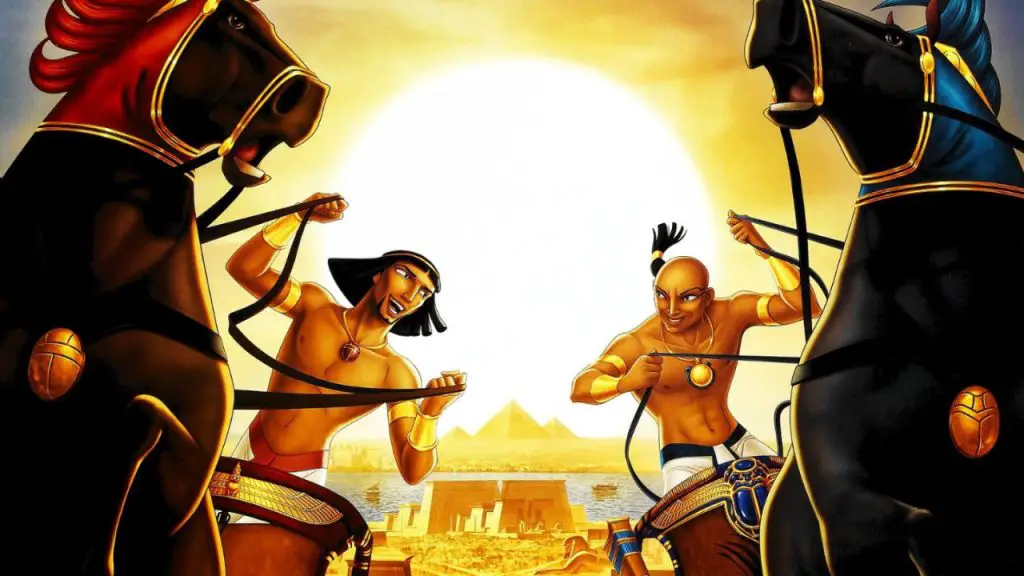
The 1998 animated feature The Prince of Egypt encountered an unexpected ban in the country it shares its name with, despite its acclaim as one of DreamWorks Animation’s finest offerings. The film, predominantly family-friendly, recounts the biblical story from the Book of Exodus focusing on Moses’s life.
Despite its occasional dark and violent sequences, the reason behind Egypt’s ban doesn’t revolve around these aspects. Instead, the portrayal of Pharaoh Rameses as a villain led to the film’s prohibition. The legitimacy of this portrayal has been a subject of debate in Egypt, with significant support for the view of Rameses as a respected historical leader, thereby leading to the ban.
8. ‘The Testament of Dr. Mabuse’ (1933) – Briefly Banned in Germany
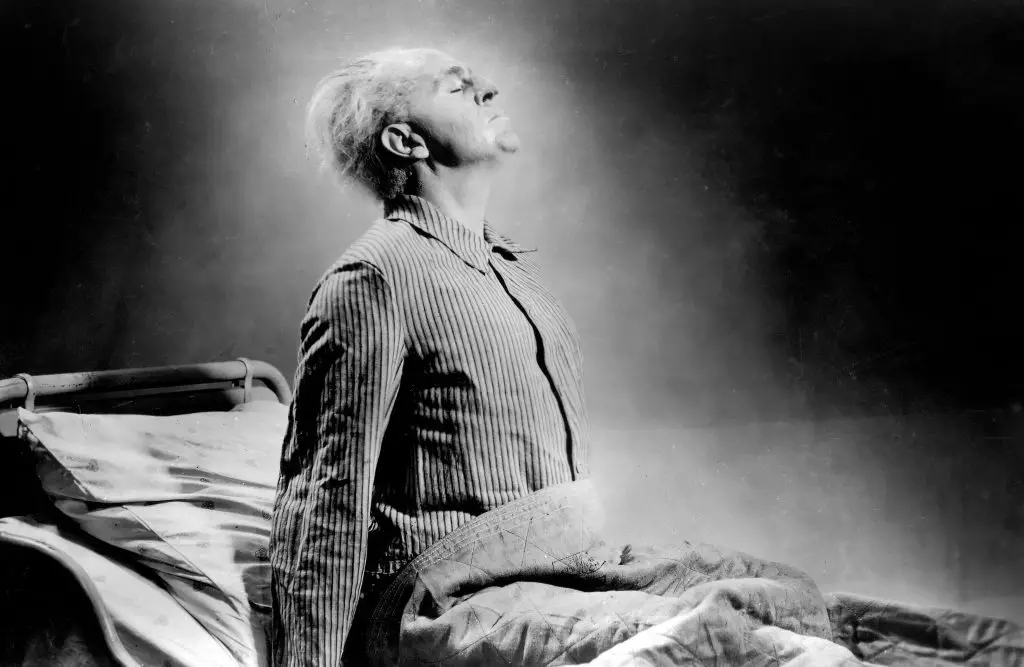
The Testament of Dr. Mabuse, directed by the renowned German filmmaker Fritz Lang, stands as one of the greatest classic thrillers. However, its release coincided with a tumultuous period in Germany’s history under Nazi rule from 1933 until the end of World War II in 1945.
During this time, the film was subjected to a ban, not due to its violent or questionable content, but because its narrative was perceived as anti-Nazi. As a consequence, the film was prohibited while the Nazis remained in power, leading Lang to flee the country in 1933 and recommence his filmmaking career in America.
7. ‘Spider-Man: No Way Home’ (2021) – Restricted in China
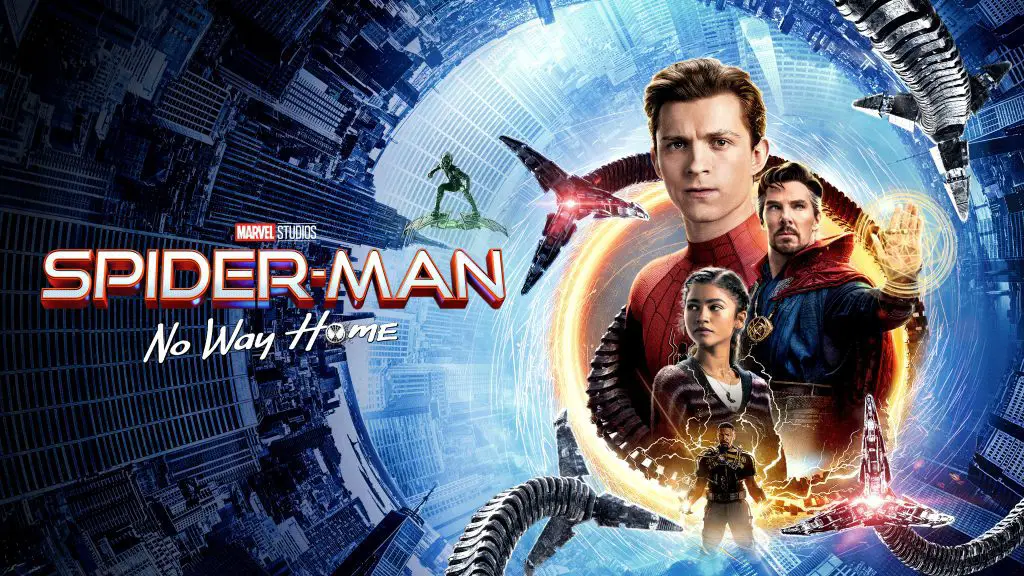
Despite being laden with fights and violent sequences, the Marvel Cinematic Universe (MCU) manages to maintain a teenager-friendly, if not family-friendly, image, keeping offensive language and sexual content to a bare minimum. The same stands true for Tom Holland’s third Spider-Man outing, Spider-Man: No Way Home.
However, in China, the film was banned due to objections regarding the prominent feature of the Statue of Liberty. Editing this landmark out of the climax was impossible, so no modifications were made, and the film never made it to Chinese theaters.
6. ‘Lightyear’ (2022) – Banned in Several Countries

Typically, Pixar films are released with G or PG ratings in Western countries, including the U.S. The Toy Story spin-off/prequel, Lightyear, followed suit with a PG rating for “action/peril”. However, a fleeting but widely publicized kiss between two female characters led to the film’s ban in numerous Asian and Middle Eastern countries. Despite some pushback against editing out the scene, the kiss was kept, resulting in various nations refusing to classify the film with a rating.
5. ‘Thor: Love and Thunder’ (2022) – Prohibited in Malaysia

Although Thor: Love and Thunder could be criticized for various reasons including its uninspired narrative and misuse of the Guardians of the Galaxy, it was for an entirely different reason that it was banned in Malaysia. The ban was reportedly because of the film’s inclusion of LGBT references. This ban was partially lifted when the film became accessible on streaming services later in 2022, as the Malaysian government doesn’t regulate overseas streaming services, although it remained in force during the film’s theatrical run.
4. ‘Wonder Woman’ (2017) – Banned in Lebanon

The 2017 film Wonder Woman, a captivating origin story of the titular character and arguably the finest entry in the DCEU, was prohibited in Lebanon. The film, about an Amazonian warrior Diana stepping out of her island world for the first time and participating in World War I, was banned not for any violent content but due to the involvement of Gal Gadot, who previously served in the Israeli Defense Forces. Amid the longstanding conflict between Lebanon and Israel, Lebanon chose to ban the film due to Gadot’s lead role.
3. ‘The Great Dictator’ (1940) – Temporarily Banned in Germany & Spain
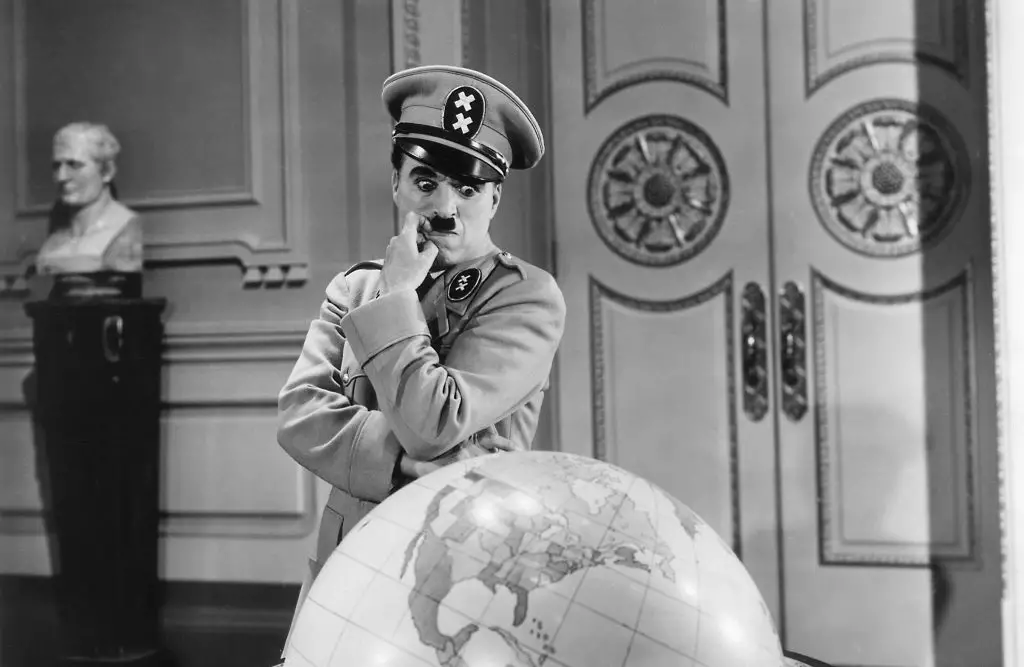
Charlie Chaplin’s 1940 war movie, The Great Dictator, despite its comedic elements, was a bold satire on Adolf Hitler. Despite the film being set in the fictional country of Tomainia, and Chaplin’s character speaking a fabricated language, the film’s intended critique of Hitler was unmissable.
Throughout World War II, the film was banned in Germany and the countries under its occupation. However, the ban was lifted after the war ended. Interestingly, the film continued to be banned in Spain under the dictatorship of Francisco Franco, and the restriction was lifted only in 1976, after Franco’s death in 1975.
2. ‘Island of Lost Souls’ (1932) – Temporarily Banned in the U.K. & Other Countries
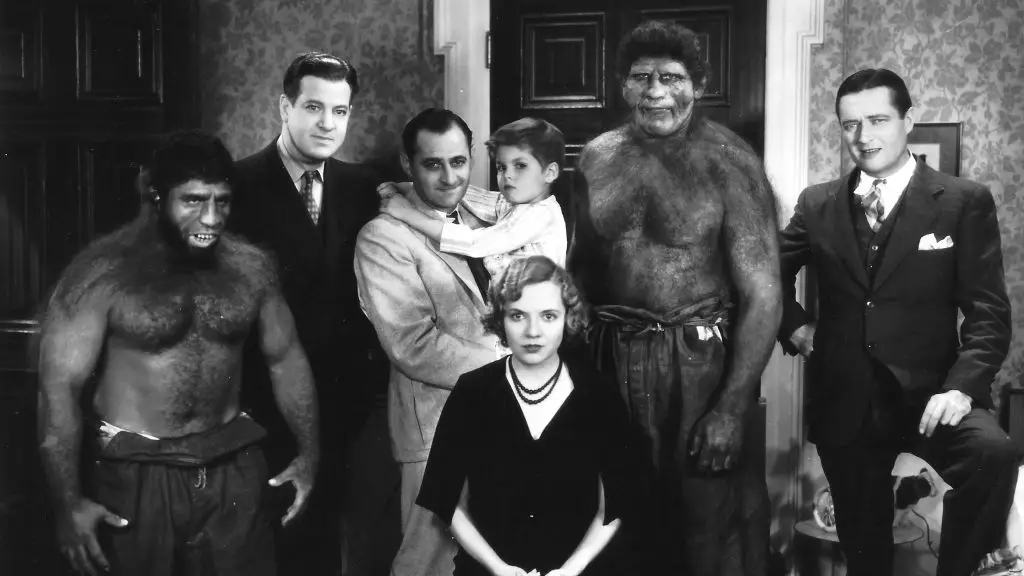
The 1932 horror movie Island of Lost Souls, by today’s standards, could be rated as a light PG-13 or even PG film. But during its release, it was regarded as far more intense, leading to a ban in several countries, including the U.K.
The film, revolving around a mad scientist performing alarming experiments on a deserted island, was deemed disturbing enough to be banned for several years in countries like Sweden, Norway, and the U.K. Interestingly, in 2011, an uncut version of the film was re-rated in the U.K. and was given a PG rating, a testament to how perceptions change over time.
1. ‘Onward’ (2020) – Banned in Various Countries
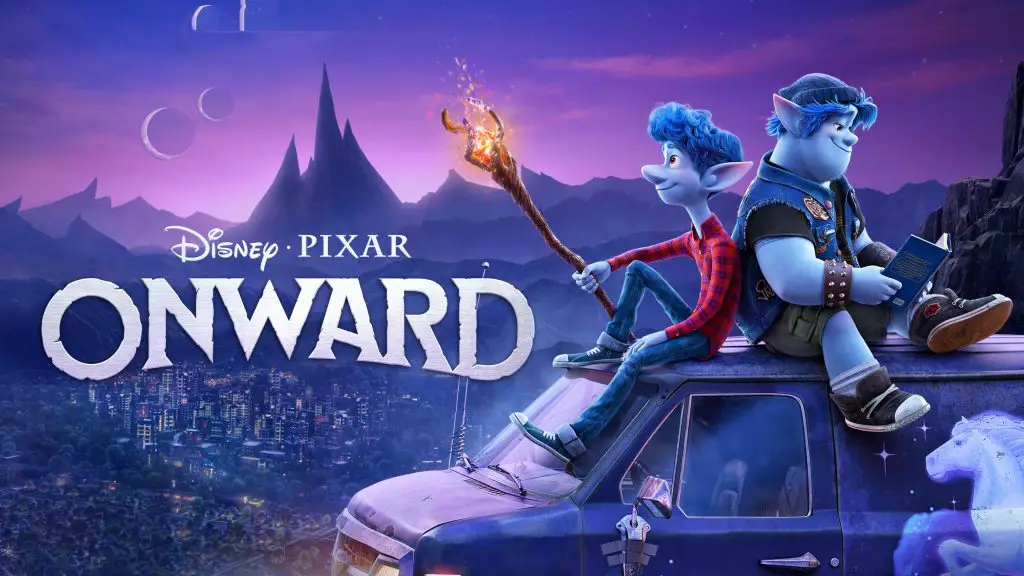
Like Lightyear, the family-friendly Pixar film Onward was banned in certain countries due to its minor LGBT content. Centering on two brothers on a quest to temporarily revive their deceased father, the film introduces a lesbian character, a minor detail which certain countries took exception to. Despite the references being subtle, the film was banned in countries like Saudi Arabia, Oman, Qatar, and Kuwait.
In conclusion, cinema, in its myriad forms, acts
To those who watched it without such censorship in place, this ban will likely have seemed extreme, given the film is another friendly Pixar outing that’s largely intended for kids.


